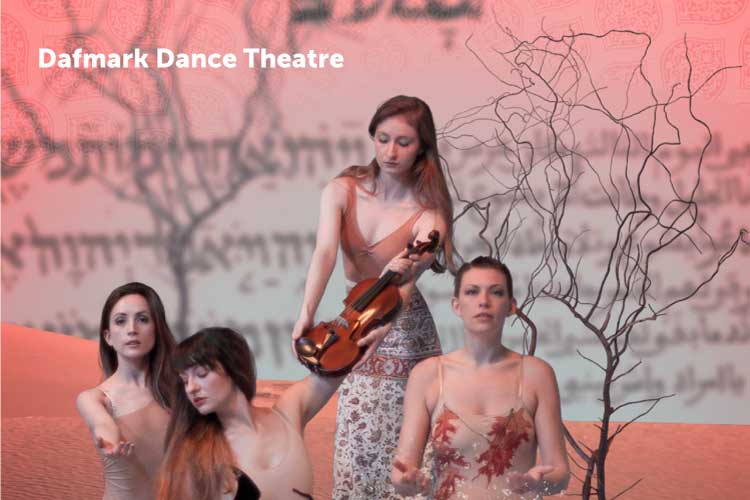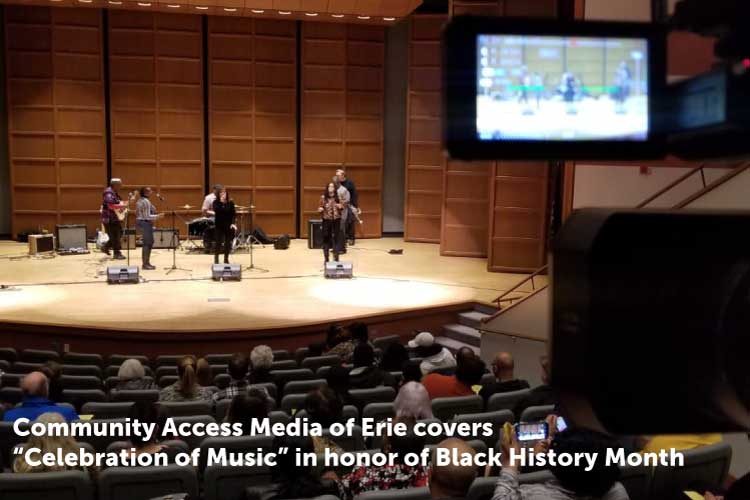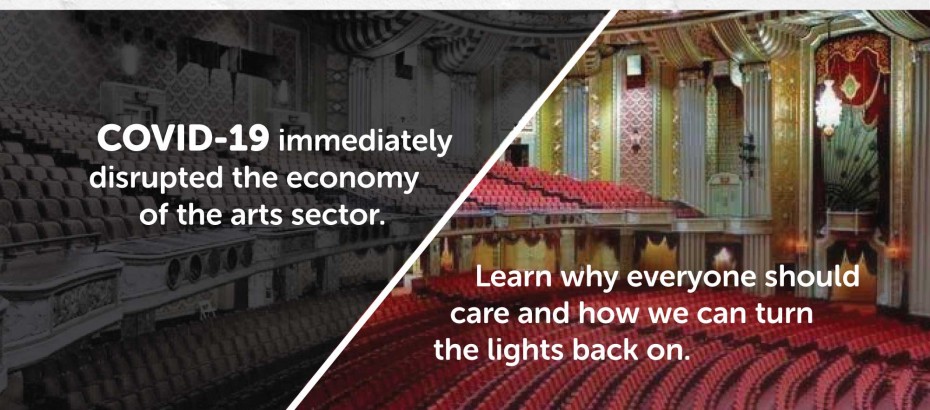As you read this, chances are you’re either on a computer at your desk or dining room table. Or, if you’re reading on a mobile device, perhaps you’re seated in your favorite piece of furniture or the part of the house where the lighting is just right. For many of us who do not work in life-sustaining industries, we’ve become more acquainted with our homes over the past month than possibly ever before.
Social distancing requirements have resulted in many of us having to shift how we utilize our free time. There is a trite saying, “you don’t know what you’ve got until it’s gone.” That’s certainly applicable to the current situation.
Being restricted to our homes, we can’t help but fondly reflect on and pine for the businesses, organizations, events, activities, and attractions that are woven into our regional identity. We have come to expect that many of these things will simply always be present and accessible to us. Because of that, we may have undervalued their importance or we haven’t fully appreciated them for just how much they contribute to our quality of life.
The majority of us living have never experienced a moment quite like the present where life as we knew it has been so drastically turned upside down. Historically, when tragedy occurs or we experience a mass crisis, coming together is what helps us process our emotions, be reminded that we are not in it alone, and eventually heal. But coming together in this crisis is not an option.
As a result of that, non-profit arts organizations across the nation are finding themselves in financial peril. Organizations such as museums rely on admission fees as a portion of their earned income. Similarly, performing arts organizations rely on ticket sales as a revenue stream.
In early March, arts organizations’ operations started to be negatively impacted by restrictions regarding the gathering of people. By mid-March, all events and activities were canceled through the spring. Cancellations now have extended through the summer and fall. There have been predictions that large group gatherings will not be plausible until at least the winter. How will arts organizations survive through this period of time with their business models suspended?
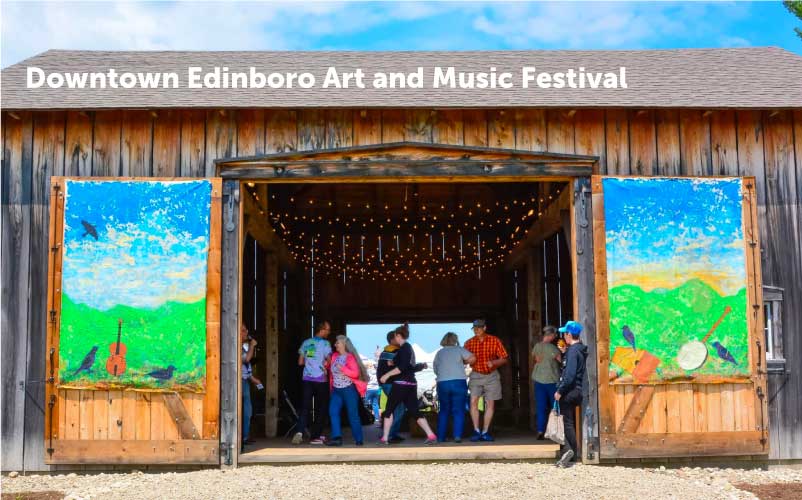
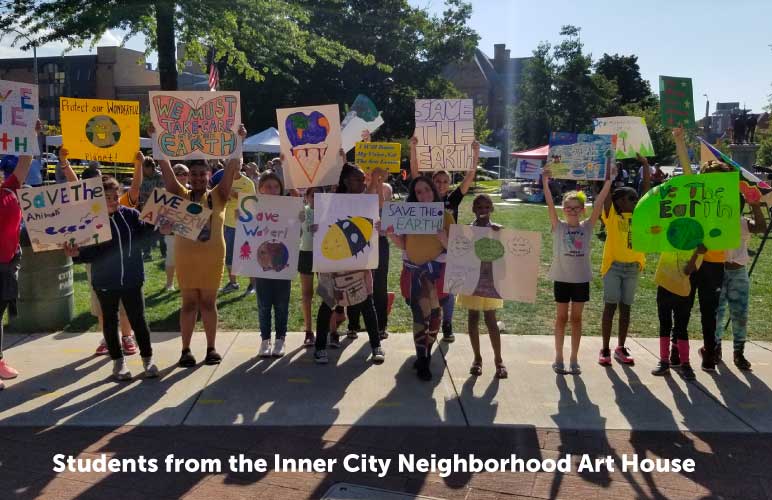

Americans for the Arts has been tracking the economic impact that COVID-19 is having on non-profit arts organizations. They’re administering an ongoing survey for arts organizations and the data from those surveys has been compiled into an easy to navigate dashboard. If you’re a non-profit arts organization in Northwestern Pennsylvania and you have not yet completed the survey, please do so. It’s the only way that we will have an accurate indication regarding the impact that the pandemic has had on the economic health of the sector.

Preliminary numbers are alarming. At the time of our blog post, this disruption has resulted in a loss of $4.98 billion for the US non-profit arts sector. The 37 non-profit arts organizations in Northwestern Pennsylvania that participated in the survey have estimated a loss of $491,300. 45% of those organizations also reported that they’ve had to dip into their financial reserves. Additionally, 46 non-profit art workers in our region have been either laid off or furloughed.
A full report for Northwestern Pennsylvania can be viewed below. Though this report is for the entire region, a majority of the reported financial loss is concentrated in Erie County.
After reviewing the report, the question that may arise is, “why should we care?”
The arts, arts organizations, and artists are important to a region because they contribute in three key ways.
Personal development:
Broad access to, and participation in, the arts at all life stages help us develop mentally, emotionally, and socially.
Community development:
The arts create and preserve place by activating both public and underutilized spaces while also creating opportunities for the community to come together.
Economic development:
The non-profit cultural sector and for-profit creative sector are substantial contributors to the economy, both through direct expenditures and indirect multipliers. The sector is also a major contributor to quality of life, which attracts new residents, businesses, and visitors.
The arts have always been more than simply the creation of decorative objects or the presentation of entertaining performances. At the heart of the arts is the human condition. The arts are a means to contemplate our existence as people - exploring concepts of morality, aspirations, conflict, and a wide range of emotions. The role of the artist in society is to be a record-keeper of the people, places, and events of both the time and place in which they live. It is through the arts that we experience the world from a perspective other than our own. Thus, building empathy, solidarity, and an appreciation of how we are both different and similar all at the same time.
Personally, I cannot imagine a world in which the arts didn’t exist. Nor would I want to live in a community where the arts are not present. But the devastating truth is, that is the reality we are facing if we do not see more financial support for non-profit art organizations. Financial support in the way of charitable donations is necessary to supplement the revenue that is being lost as a result of social distancing requirements.
So, as you sit in your home, think about an Erie where live music has gone silent indefinitely. Think about an Erie in which you don’t have the pleasure of seeing a friend, family member, or co-worker on a stage performing community theater. Think about an Erie where all museums are closed permanently. As that potential sinks in, ask yourself, what can I personally contribute to make certain that our Erie has all the great events and activities that we know and have come to love.
- Patrick Fisher, Erie Arts & Culture Executive Director

Please consider making a financial gift to Erie Arts & Culture if you want to be a part of turning the lights back on for our sector. 100% of your contribution benefits our region.
Did you know:
The CARES Act included an update to the tax law. The bill includes an above-the-line deduction (non-itemizer deduction that applies to all tax payers) for total charitable contributions up to $300 made during 2020. The bill also lifts the existing cap on annual contributions for those who itemize, raising it from 60 percent of adjusted gross income to 100 percent. For corporations, the bill raises the annual limit from 10 percent to 25 percent.
